Say you have this burning business idea that keeps you up at night.
You’ve contemplated possible co-founders and how you’d advertise. You’ve dreamt through each action needed to take, jotting down ideas onto napkins.
You’re restless and agitated to get started.
But you have the following existential crisis:
“It’s cool, but I can’t code.”
Luckily for you, that self-limiting belief is something of days past.
Now, it’s possible to be a non-technical founder and create your own startup using existing no-code software.
Take Atlanta entrepreneur Nate Washington. He and co-founder, Christian Zimmerman, launched Qoins “an app that helps people to pay off debt by automatically rounding up on purchases and sending the money to creditors.” Think of it as a digital change jar — or more accurately, a game-changer.
Here’s the thing: They built it without code using Bubble.io.
Their vision? To give people a tool for gaining financial literacy. “One of the things that makes us the most proud as founders is being able to constantly see all of the people that we’re helping,” Washington explained in an interview.
“So many people reach out to us every week to tell us how much debt they’ve paid off with Qoins, and that keeps us going.”
So far, the app has been a huge success, helping users pay off over $15 million of debt.
Something that was made possible thanks to access to no-code products.
Why this is your time
“Another thing I’m incredibly proud of about us as a company is how resilient we are,” notes Washington. “2020 was a tough year for us as a company. There were times when we weren’t sure we would make it. But we’ve adapted, bounced back and thrived.”
It’s fair to say, this past year has been a test of endurance for most of us. The pandemic has been tremendously challenging, pushing us past our limits (and then some). But it’s also highlighted the need for something else: forward-looking thinking.
“History shows that crises are startup incubators,”writes Abdo Riani for Forbes. “Today, entrepreneurs have a big opportunity to offer solutions that, more than ever, customers are willing to use.”
Copywriter and founder of Scribly.io, Dani Bell, is another example of someone who launched her own content marketing agency using no code software.
And get this: she did it all in just 2 days.
“Starting my business seemed about as probable as becoming an astronaut,” Bell explained in a Webflow talk. “In fact, I didn’t even consider it as an option.”
“But the problem is, as the years rolled by, the alternative absolutely sucked.”
So she got to work.
She didn’t hit pause on her dream to save up and hire developers, or take on any coding courses. Instead, she used Webflow to build her site and get a prototype off the ground — all within 48 hours.
Of course, according to Bell, building her site was merely the beginning of a much bigger journey.
“I think for startups, it really just lets you get your first product built much quicker than you would have been able to do before,” says co-founder of Adalo, Jeremy Blalock.
No, you don’t have to quit your day job
In 2006, the first WYSIWYG form builder came onto the scene.
Users with zero technical expertise began building their own online surveys, applications, contact forms, order forms, event registrations and more.
Today, that company has over 10 million users and +300 employees.
I’m proud and grateful to call myself the founder of said company.
But Jotform isn’t some unicorn success story, we were a startup without any outside funding. In other words, I’ve bootstrapped my business since the very beginning and have never taken on any debt from a bank or an investor.
Our story can seem like an unlikely one.
I didn’t leave my day job or take some huge leap of faith to start my company. From the get-go, we’ve grown and hired slowly; served our customers well, and kept our expenses low.
Here’s what I’m getting at: I believe we’re at a pivotal moment with the no-code movement where this can be your story, too. Only easier.
You no longer need to know any programming to launch a company. As co-founder and CEO of Draftbit, Brian Luerssen, puts it: “You can start a business for cheaper, you can iterate faster, you won’t have to raise money as early or it’s easier than ever to bootstrap businesses without investors.”
And contrary to popular opinion, you can play it safe AND be successful. In fact, I’m a staunch advocate for building a startup without quitting your day job.
Tips for launching a no-code startup
1. Focus on solutions
“I think what never fails to surprise me is just the amount of different types of things that people build with no-code. One of the benefits of no-code is that it lets people who actually have the problem solve the problem,” Blalock explains.
It’s normal to get excited about perfecting your site or getting caught up in the more “fun” elements of launching a business. But ultimately, these are only distractions to your bigger, more pressing question: what are you helping solve?
For instance, our latest Jotform product, Tables, is aimed at helping teams collaborate more seamlessly, and was designed for when a spreadsheet just isn’t cutting it. We focused on building something truly useful.
While tempting, don’t get sucked into the trap of creating a sleek image and forgetting about your user. Instead, keep Blalock’s words in mind: What is a problem YOU have and wish could be solved? In other words: find the need.
Not only will you care more; you’ll be the best person to deliver real value.
2. Think of the long-game
It’s okay to start with small steps.
Remember that building a company takes energy and effort. If you fixate on hyper-growth, you won’t be able to embed your no-code startup with the sturdy foundation to ensure success.
At Jotform, developing the best product we could was just part of the equation; the other was creating a positive company culture focused on team-work and steady growth — minus the burnout.
That’s the real dream. Not working insane hours and making yourself sick trying to reach the top of TechCrunch.
In one of her most acclaimed poems, American poetess Mary Oliver, asks the following of us:
“Tell me, what is it you plan to do
with your one wild and precious life?”
For me, and I hope that for you, it’s building something we can feel proud of long into the future.
Something that will energize rather than deplete us for decades to come.



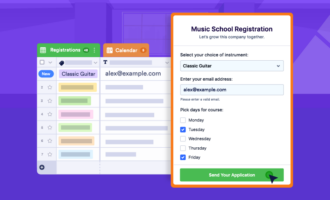

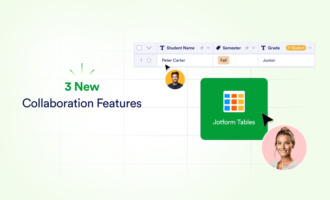









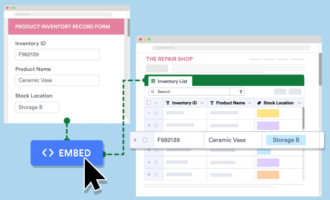


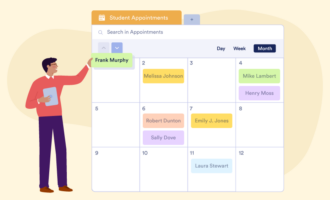

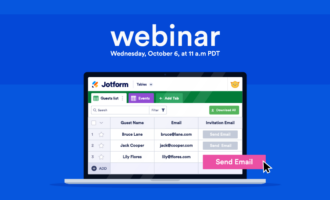
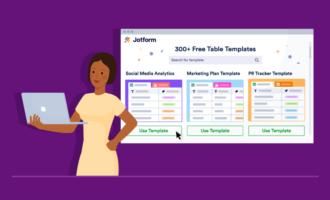


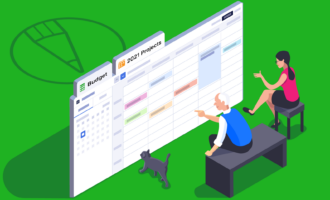





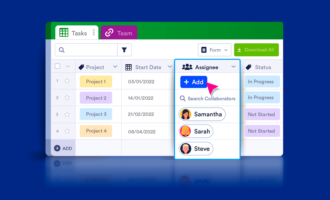


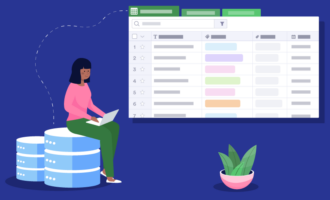





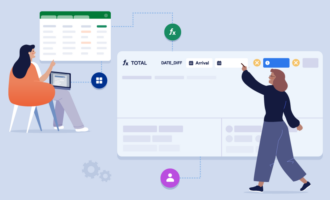
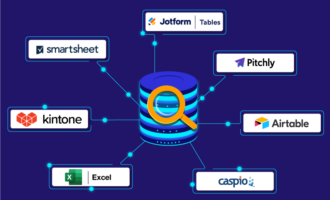





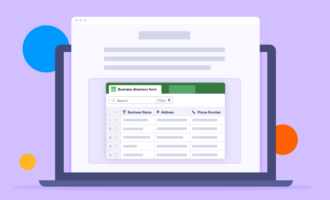


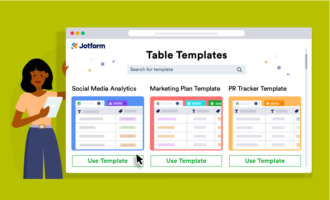






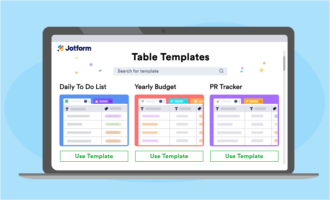
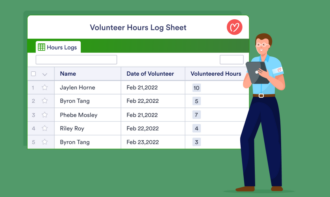
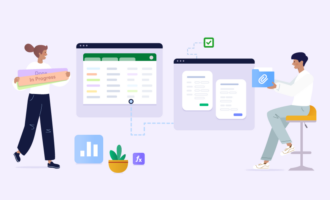
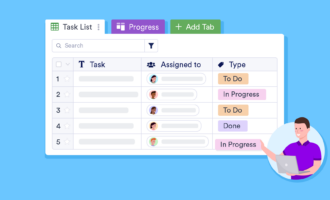





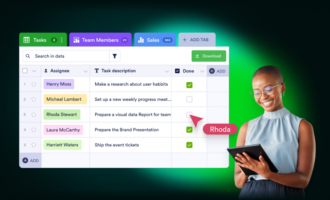

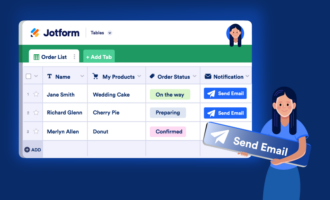
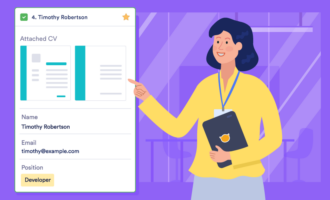
Send Comment: